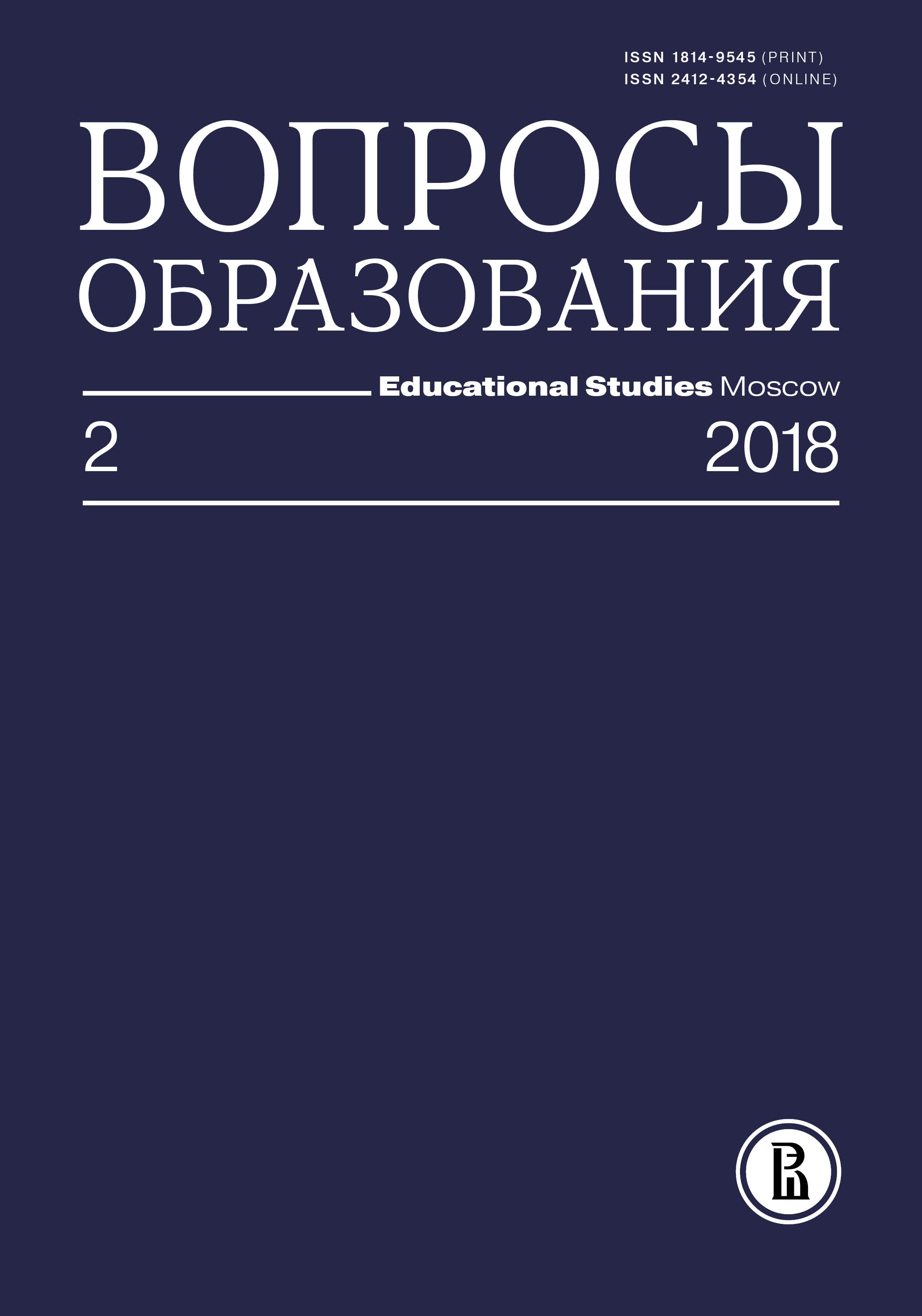Дуальное обучение в российских регионах: модели, лучшие практики, возможности распространения
Аннотация
Анализируются результаты системного проекта «Подготовка рабочих кадров, соответствующих требованиям высокотехнологичных отраслей промышленности, на основе дуального образования», организованного по инициативе Агентства стратегических инициатив в 13 субъектах Российской Федерации. Показано, что лучшие практики внедрения дуального обучения обеспечиваются в растущих секторах экономики. Субъекты Российской Федерации, добившиеся успехов в распространении дуальной модели, сделали это в условиях улучшающегося инвестиционного климата, снижения барьеров для бизнеса, повышения качества государственного управления. Главным фактором, влияющим на действенность дуальной модели, является система экономических мотиваций работодателей, инвестирующих в систему подготовки рабочих кадров в рамках осуществления крупных инвестиционных проектов и технологического перевооружения собственных предприятий. В условиях слабости объединений работодателей решающую роль в координации усилий бизнеса и профессиональных образовательных организаций играют региональные власти и советы при губернаторах, ставшие фактически субститутами немецких торгово-промышленных палат. Федеральные проекты в области среднего профессионального образования способствовали дальнейшему продвижению дуальной модели за счет организационной и финансовой поддержки учебно-производственных кластеров. Лучшие практики дуального обучения должны распространяться лишь на те сегменты региональных экономик, в которых имеются необходимые экономические и инфраструктурные предпосылки для инвестирования фирм в систему подготовки рабочих кадров.








